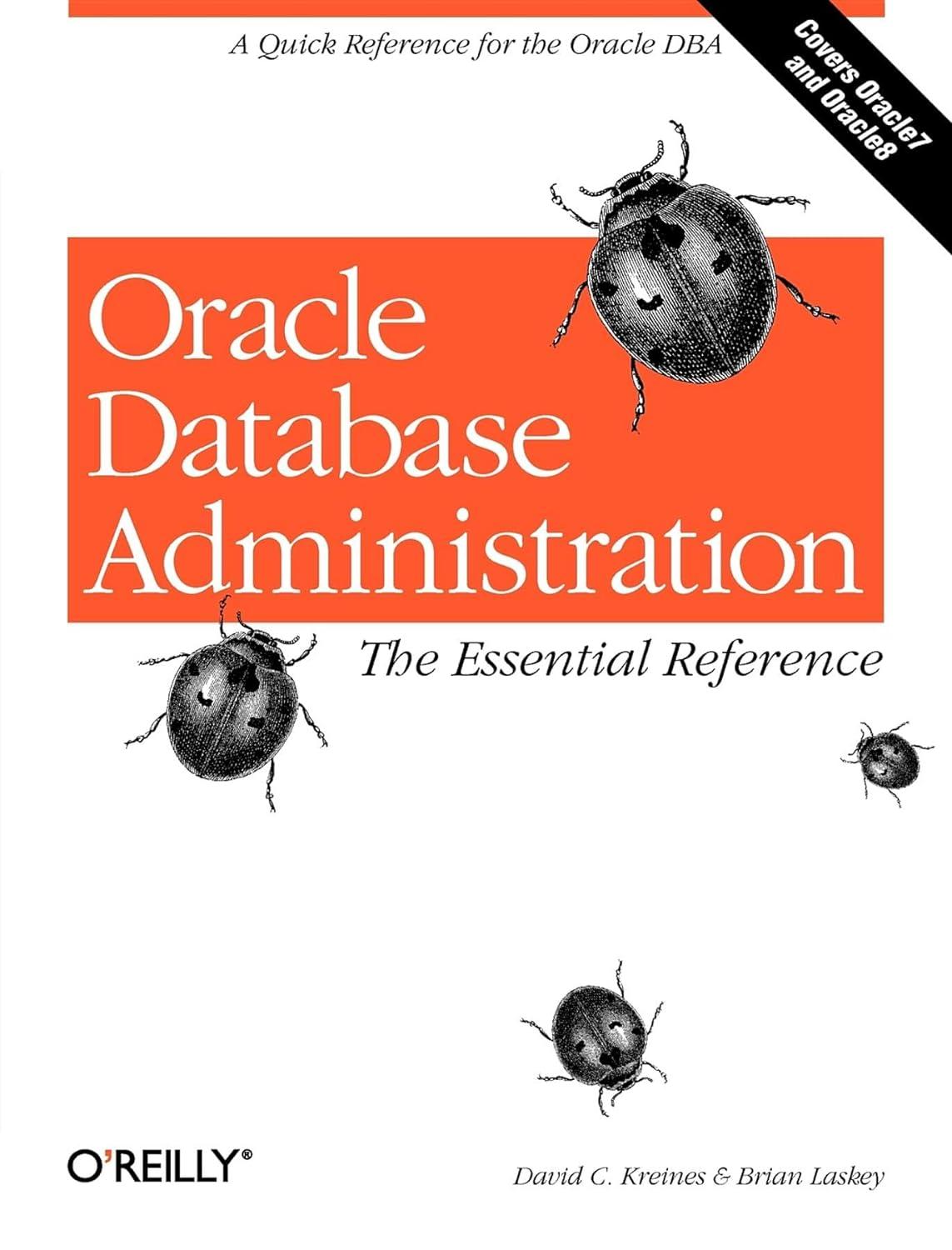Question
show me the four boxplots that come form this code # Call in the data. train
show me the four boxplots that come form this code # Call in the data. train <- read.csv("train.csv", strings=T) # Q1 and Q2 # Use the folloing lines of code to produce 2 histograms on the same graphics window. # Use the resulting graphs to answer Q1 and 2 on the submission document. par(mfrow=c(1,2)) # one row with 2 graphics on a single graphics window # the above line will open a blank graphics window - leave open while running the next 2 lines. hist(train$GrLivArea, breaks=20, main = "Square Feet", cex.main = 2, xlab = "Square Feet", ylab = "Frequency") hist(log(train$GrLivArea), main = "Log Square Feet", cex.main = 2, xlab = "Log Square Feet", ylab = "Frequency") # Q3 and Q6 # Write code similar to the 3 lines above to create 2 scatterplots on one graphics window. # The left scatterplot should have sales price on the vertical axis and square footage on the horizontal. # The right plot should have log sales price as the y and log square footage as the x. # Label the x and y axis. # Do not include titles. # Paste the resulting graphics into the submission document for Q3. # Paste the 3 lines of code under the Q6 prompt in the submission document. par(mfrow=c(1,2)) # one row with 2 graphics on a single graphics window plot(train$GrLivArea, train$SalePrice, xlab = "Square Feet", ylab = "Sale Price") plot(log(train$GrLivArea), log(train$SalePrice), xlab = "Log Square Feet", ylab = "Log Sale Price")
Step by Step Solution
There are 3 Steps involved in it
Step: 1

Get Instant Access to Expert-Tailored Solutions
See step-by-step solutions with expert insights and AI powered tools for academic success
Step: 2

Step: 3

Ace Your Homework with AI
Get the answers you need in no time with our AI-driven, step-by-step assistance
Get Started


